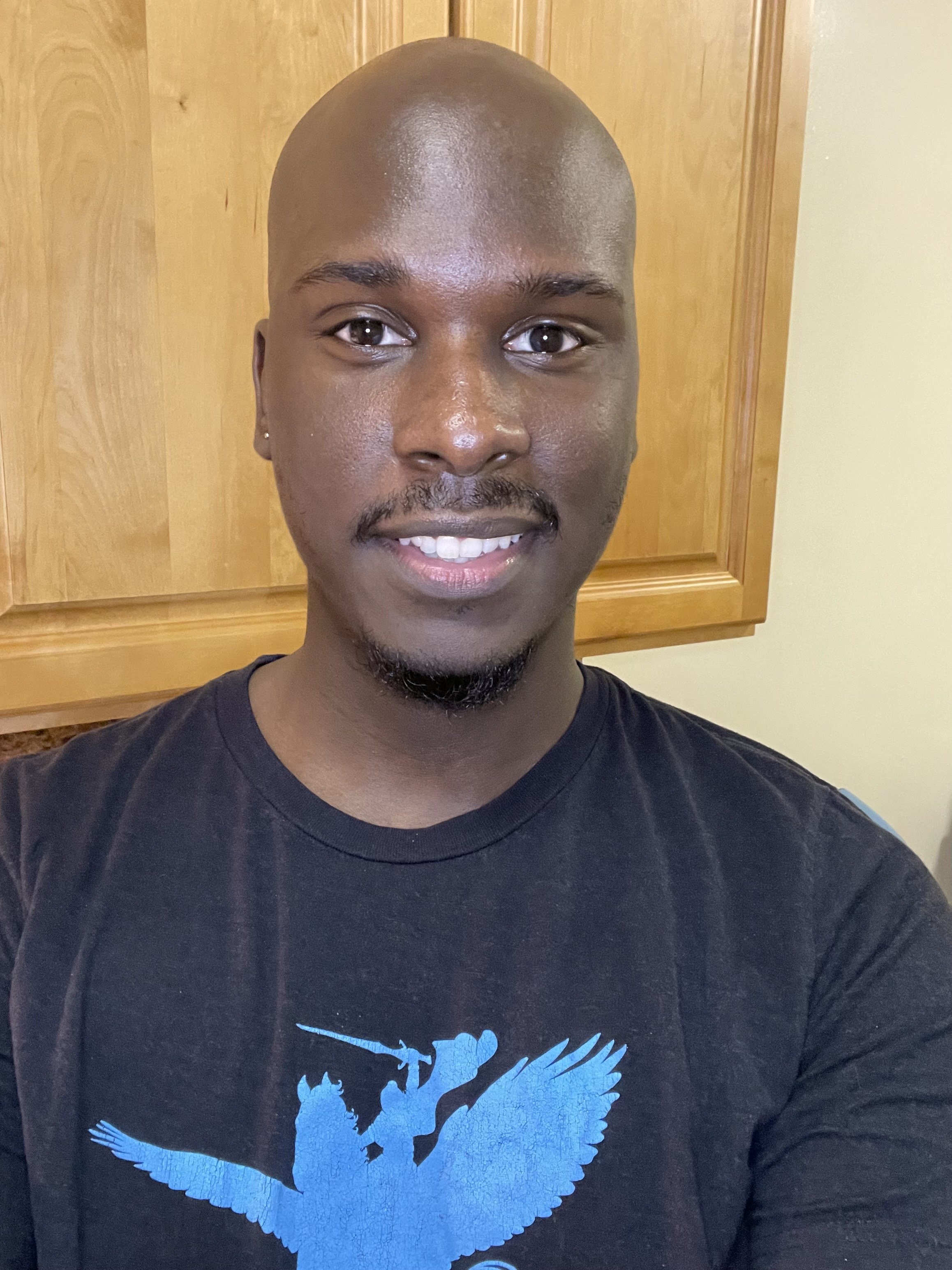Hey, what's up, hello! I'm Terry, a senior editor and celebrity strategist at BuzzFeed 👋🏾.
Over the past three years or so, I've noticed an increasingly sunken appearance surrounding my under-eye area.

Recently, while attending a friend's birthday party, I noticed the hollowness around my eyes was so prominent that it showed up in almost every photo I took, and it made me very self-conscious.

Being the curious person that I am, I decided to research and see if there was anything I could do about it. That's how I learned about tear trough filler*, which corrects under-eye hollowness.
However, what I didn't find were many examples of Black men — or men of color in general — who had documented their results after trying it.
Part of it could be due to the fact that Black men's skincare remains largely ignored by the beauty industry.
From dermatologists who misdiagnose and mishandle our common skin issues, like eczema and hyperpigmentation, to grooming companies failing to create products designed with us in mind, Black men are frequently left out of the skincare conversation.
The other possibility could simply be that Black men aren't openly discussing the cosmetic treatments they're getting. In fact, that's one of the reasons I was motivated to try out tear trough filler for myself and share what I've learned.

Per recommendation from a close friend, I contacted Dr. Michelle Henry. She is a board-certified dermatologist and Mohs surgeon who has trained at Mount Sinai Hospital and Harvard Medical School.
When I first spoke with Dr. Henry over the phone, I expressed my desire to show other men of color how filler can be used as a safe and effective solution for under-eye hollowness. After requesting a few photos, she agreed I was a good candidate for the treatment.
"Tear trough deformity is [the medical term] for under-eye hollowness," Dr. Henry explained during my office visit.
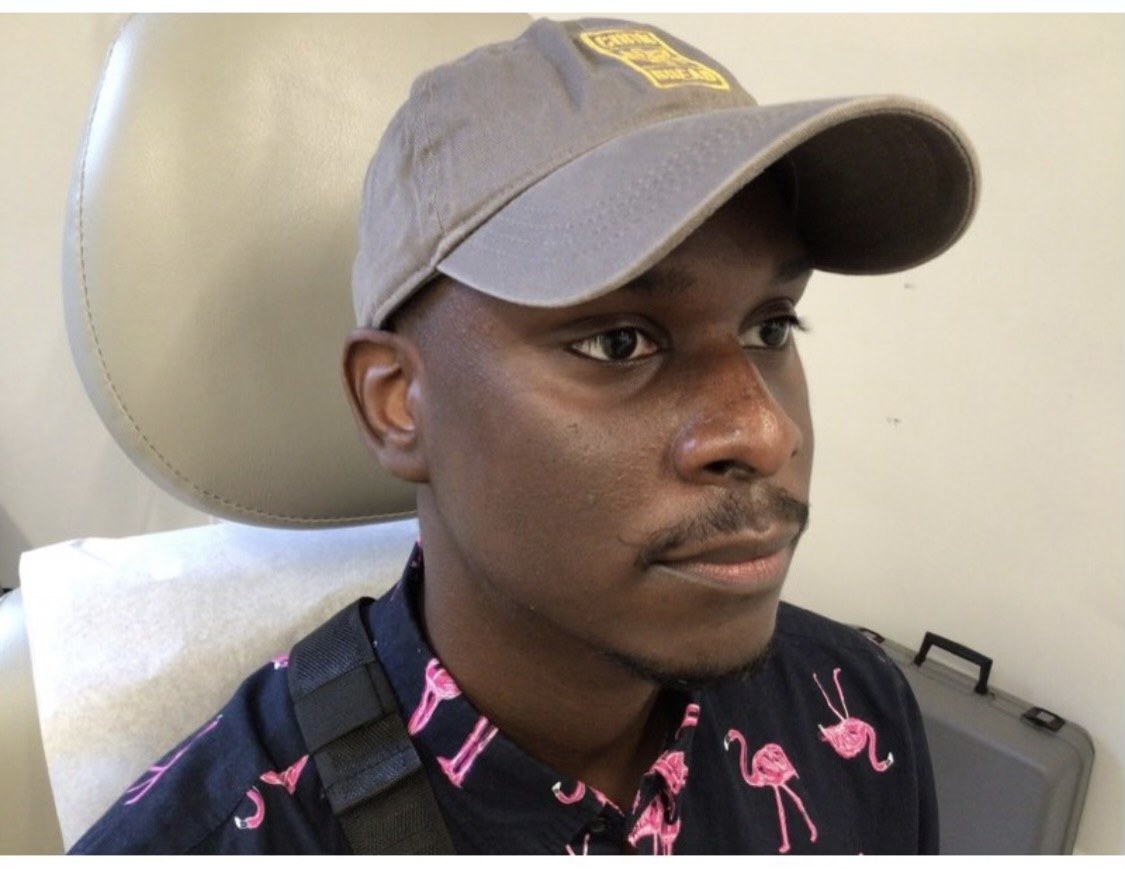
Dr. Henry went on to explain that tear trough filler is made of hyaluronic acid, "a complex sugar very similar to the one we naturally produce that diminishes with time." It's used to "introduce volume to an area that has lost volume and fat."
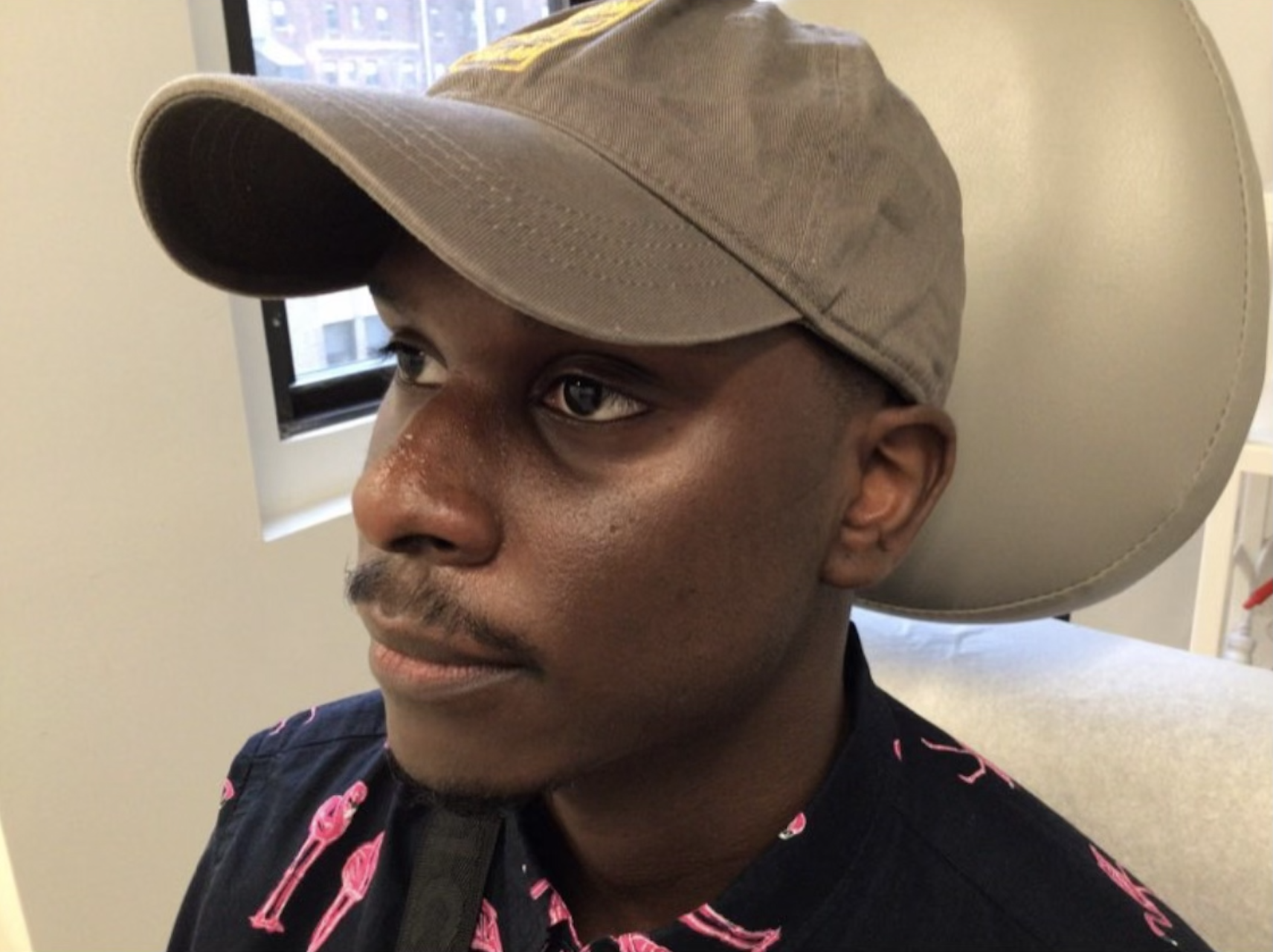
I asked if there was anything I could have done to prevent the sunken appearance, such as using eye creams, getting more sleep, or even drinking more water, but it turns out my tear trough deformity is likely caused by genetics and cannot be treated with any at-home or over-the-counter remedies.
Questions aside, it was now time to begin the filler process. Dr. Henry's assistant applied a numbing cream directly to the areas that would be injected. Here's what I looked like:
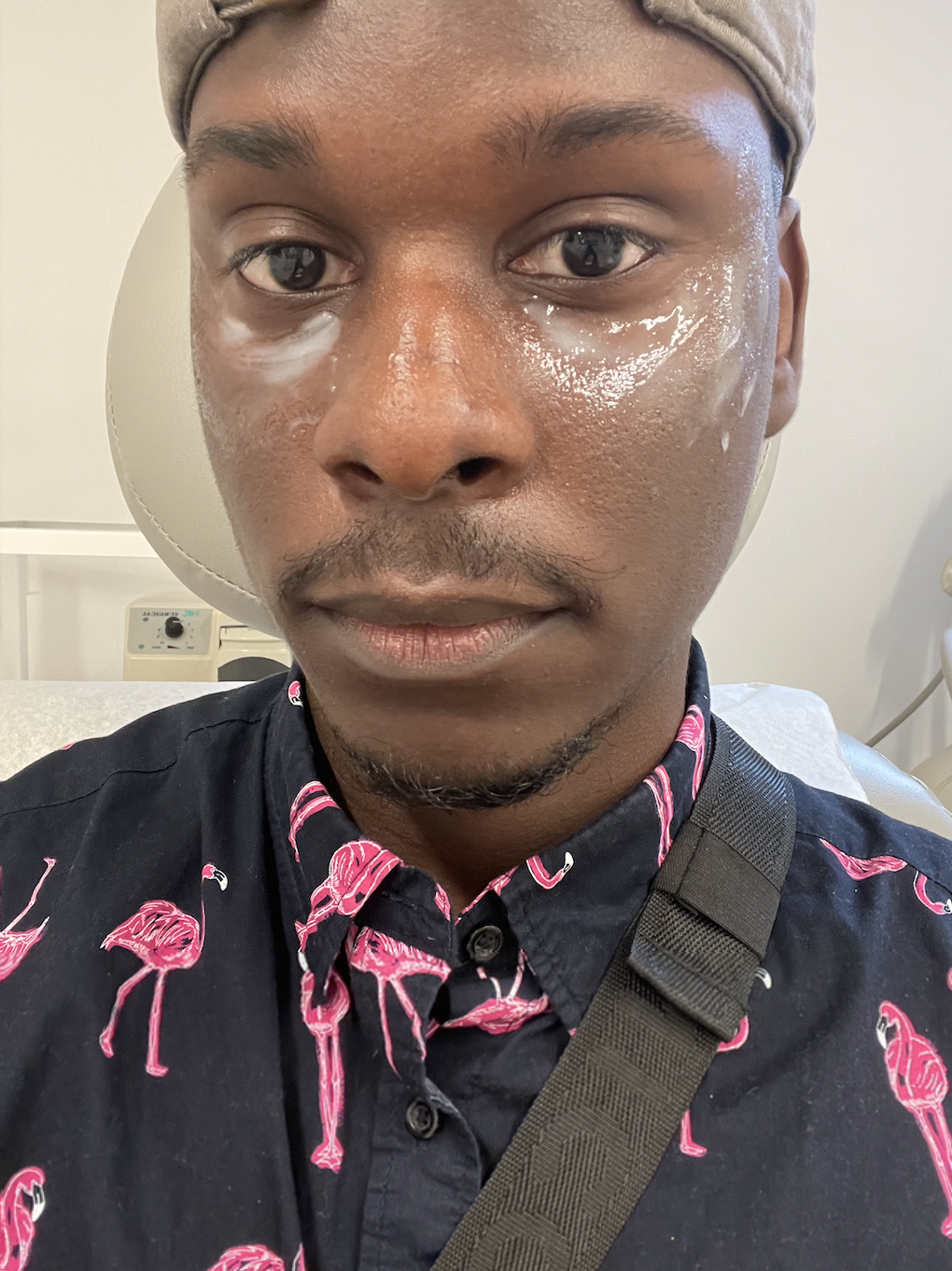
Following the 30-minute numbing process, it was now time for Dr. Henry to administer the tear trough filler. Honestly, it wasn't painful at all!
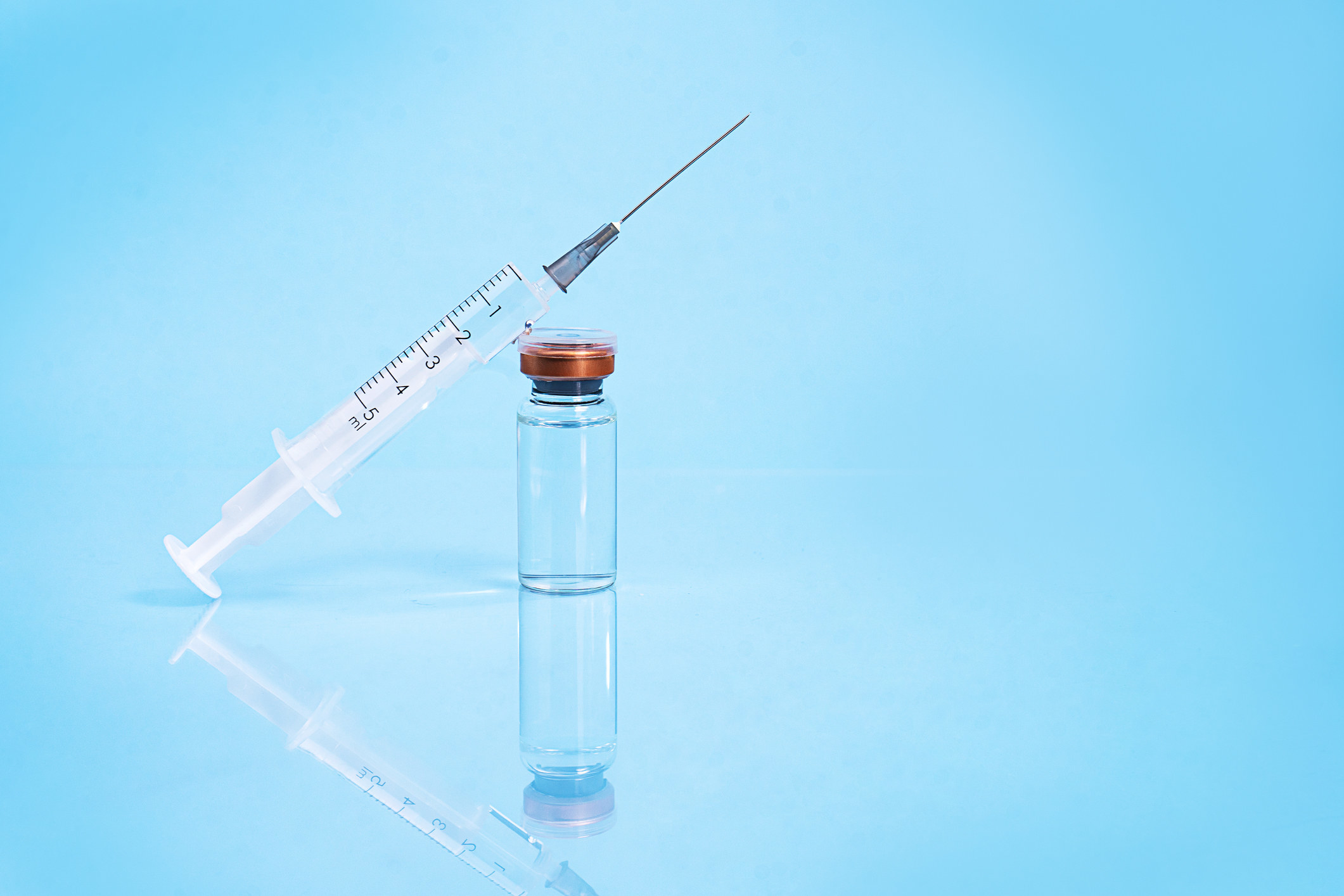
Dr. Henry initially administered 0.5 ml and I'll admit, I didn't notice a huge difference. After a quick reassessment, she increased the amount of filler to 1 ml and I saw results immediately. Just look at the material:

The before-and-after photos truly blew my mind:
Less than two hours later, the area underneath my eyes was smooth like butter!
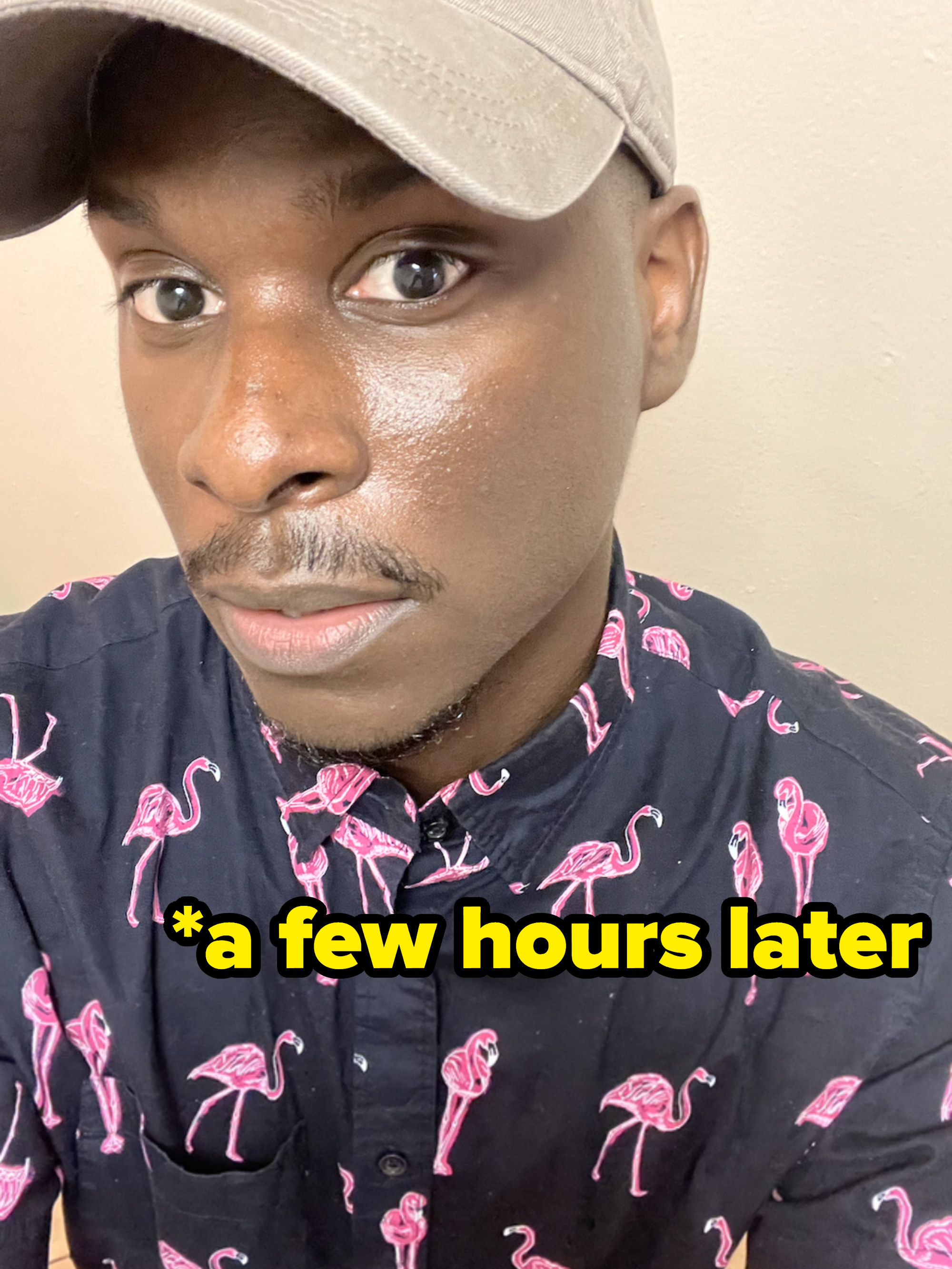
Here's a photo of me a few days after getting filler:
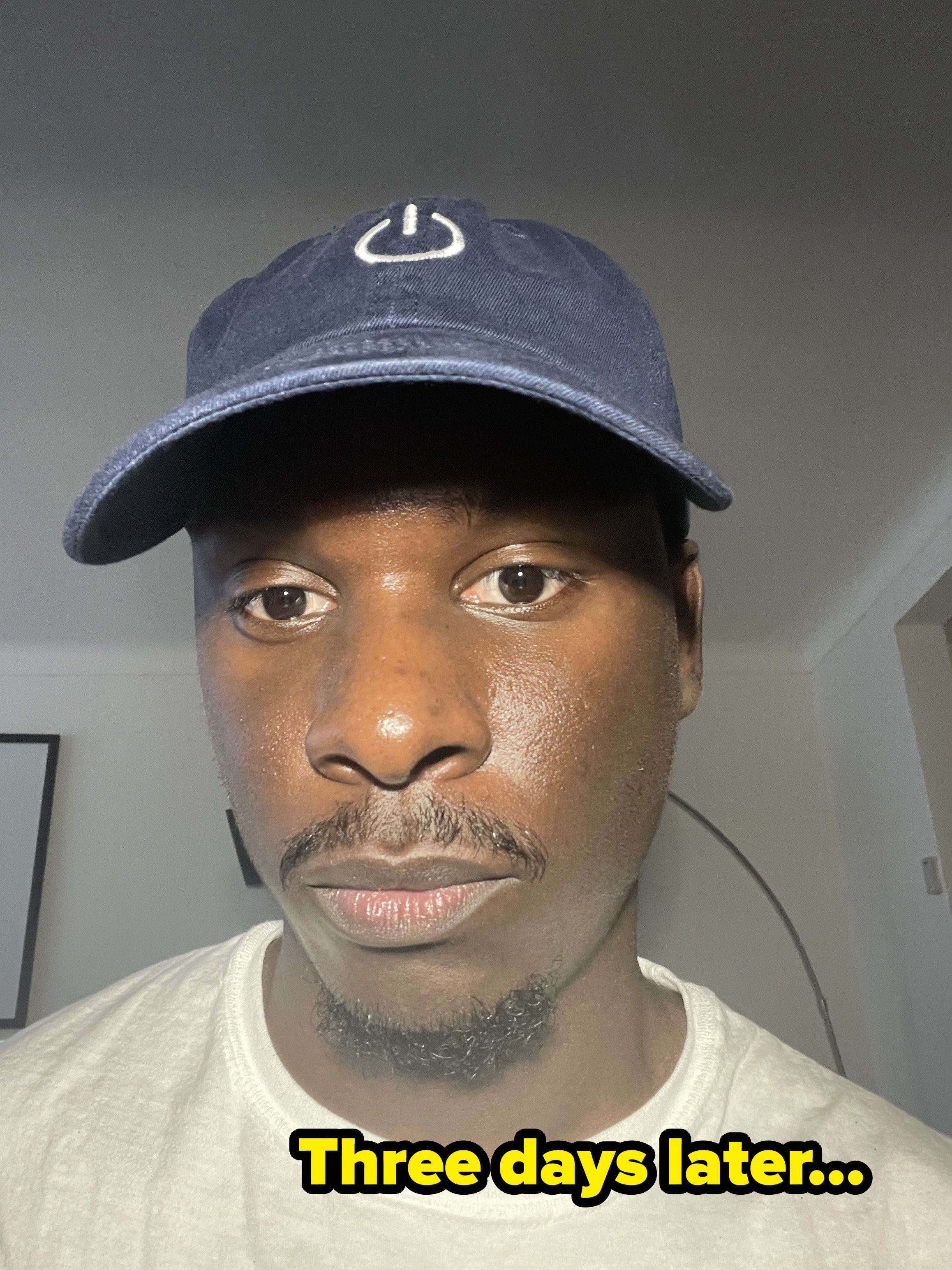
The aftercare was pretty simple, too. I applied this little bad boy* to my under-eye area for a few seconds for seven days to reduce potential swelling:
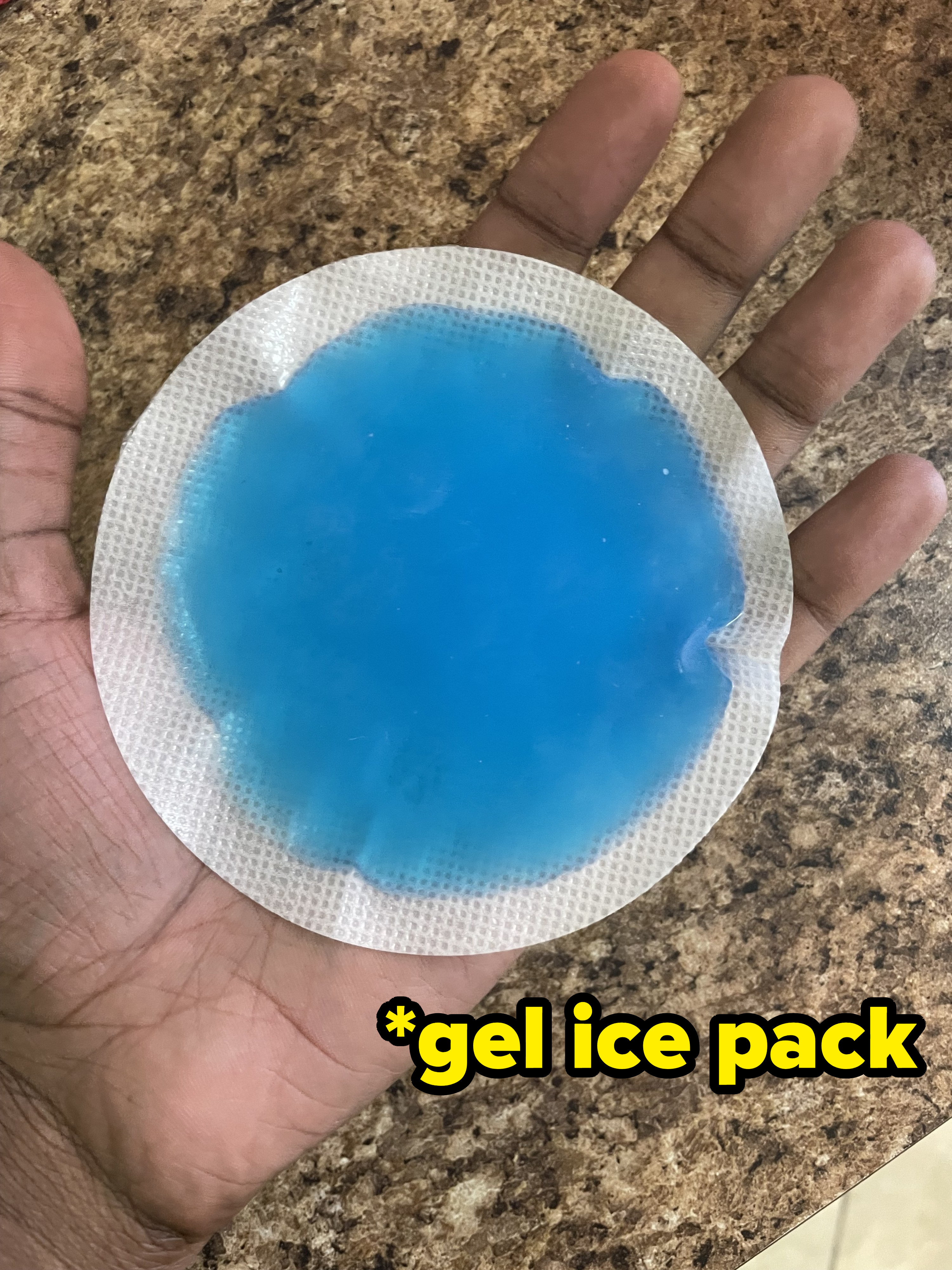
I'm extremely satisfied with my results. I plan to get filler again once it wears off, which can take anywhere between "nine months and two years, according to how quickly your body absorbs the treatment," Dr. Henry said.

In a follow-up call, I asked Dr. Henry why she thinks it's so uncommon for Black men to openly discuss getting cosmetic treatment. "There are phrases we use, like 'Black don't crack' and all these things, but that's not necessarily true," she stated.

"I think there's this idea that Black people aren't pursuing [cosmetic treatment] as much," she noted. "And although we're seeing it more now, there's [still] some shame in doing it because we're like, 'We don't need that. That's not what we do.' The truth is, we should be able to do whatever it is that anyone else does to feel good about ourselves."
Dr. Henry also acknowledged how stereotypes about gender could also prevent some Black people from "pursuing [cosmetic treatment] or feeling shame around wanting to do something to make themselves feel better."
"It’s even more magnified in men," she said. "Whether we're talking about white men or Black men. Men, in general, are a smaller percentage of this dedication. Black men [specifically] are dealing with the conversations of 'Black don't crack' and 'men don't do this.' Which is also not true."
"[Cosmetic treatment isn't] for men or for women, it's for people who want to be their best," she declared.
"We're seeing more men wanting to [get treatment]. Men are staying in the workplace longer so they want to look better. They're realizing that all this gender nonsense is changing. The world is changing and these rigid boundaries around who does what and how they do it are changing. Social media is normalizing it, so we're starting to see men of all types and shades and colors [pursuing it]," she concluded.
Obviously, I couldn't agree more!
